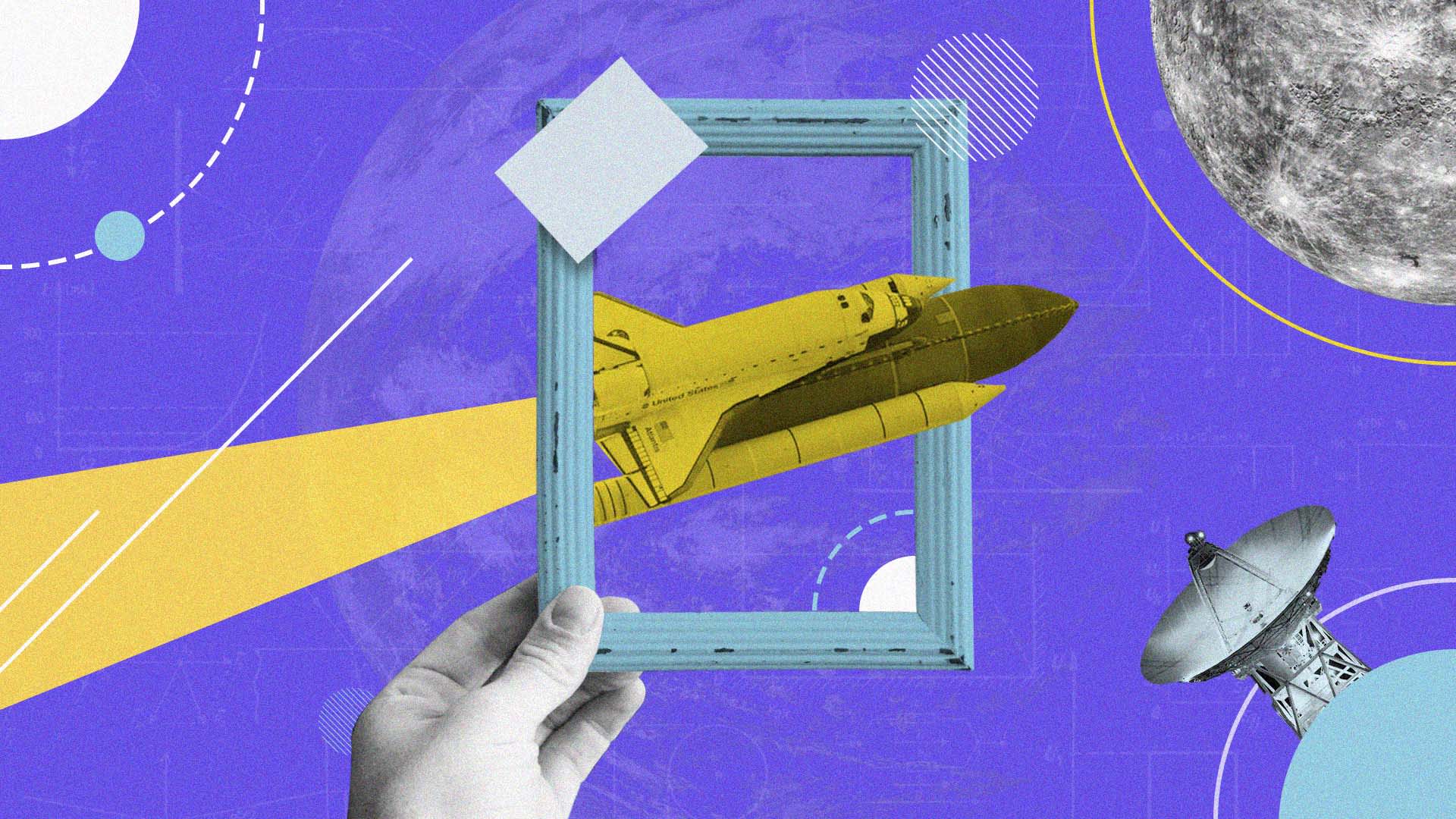An Introduction to the Product Canvas
Before creating an MVP of a new product, before a development team can begin the first sprint, you need clarity on what that product is intended to achieve, who it will benefit, and how. The product canvas is an ideal way to collaboratively create that clarity. A simple, one-page template, the product canvas nevertheless covers all the key aspects of a high-level product idea, including preparation for the first round of active development work. Read on to find out what the product canvas is and how it can benefit your digital product development.

Table of contents
What is the product canvas?
The product canvas is a simple, one-page tool that enables you to summarize all the key elements of a product. A completed product canvas tells you what your product is, who it’s for and why, and how it fits strategically in your business.
To quote Roman Pichler, the inventor of the product canvas:
A simple but powerful tool that helps you create a product with a great user experience and the right features. It combines Agile and UX by complementing user stories with personas, storyboards, scenarios, design sketches and other UX artifacts. It’s designed to work with Scrum, Lean Startup, and Business Model Generation. The canvas supports Lean UX by combining user-centered design and agile techniques.
Although variations exist, the basic product canvas template contains six sections:
- Name – The name or version of the product (a bit obvious maybe, but it helps to keep namings in order, supporting a better understanding of what the team is working on!)
- Goal – The objective of the product or new release, such as the new product’s features.
- Metrics – This is the measure by which you’ll know whether your goal has been met; e.g. a set number of new users.
- Target Group – Every product has a target audience of specific users. Ideally, this part of the product canvas describes all significant personas, the archetypal representations of the product’s typical target user.
- Big Picture – This is the space to describe your users’ journeys, general visual concept, the basic UX (user experience), and product functionalities.
- Product Details – Now you’re getting ready for the first sprint or development period. This section gives you your goals for the next iteration of the product.
A product canvas template can be completed virtually or online, but where possible, many teams prefer to work more physically with paper, pens, sticky notes, etc. When everyone is present and working together on a product canvas, the information and process are more visible, and the collaboration tends to be more effective.
What is the purpose of the product canvas?
A product canvas can be the bridge that takes you from a product vision to a real product. A completed product development canvas contains everything a development needs to get started on the practical work of making the first product iteration. What’s more, when the canvas is completed collaboratively, including the product owner or other representative of the business side, the team can be sure that they’re working from a solid foundation.
By including a focus on user personas and the user journey, a product canvas ensures a clear focus for a user-centered design process. In effect, the product answers the following key questions:
- Who are the users?
- What are their needs, and how do we envision the product meeting them?
- What are the potential constraints?
- What are the broad strokes of the product design?
If you are also using the business model canvas as part of your process, the two in combination can be used to ensure an aligned approach as you go from ideas to solutions. (And on that note, it’s worth saying that the product canvas is a tool to explore and validate your product as a solution, not to confirm whether or not the product should be developed in the first place).
How to create a product canvas?
The ideal scenario is to get everyone involved in the product’s development to contribute to creating the product canvas – you need a variety of perspectives and interests so that the results are both comprehensive and useful. This approach also ensures wider engagement and commitment to the process. The product development canvas can be done in a variety of ways — face to face or online or using popular platforms like Zoom or Meet. Before you begin to build a product canvas you need at least some kind of clear product vision (the canvas is about digging into the details and validating the intended direction). Before starting on the product canvas you need an idea of:
- The product’s intended users.
- The issue or problem the product aims to solve for those users.
- The product’s value proposition.
- The product’s business benefits.
- The product’s key features.
All of the above can be also settled during joint work. What’s most important is that completion of the product canvas results in a single, clear vision of the product.
Much of this information can be gathered by completing a business model canvas with the product as its focus.
Now let’s lay out a simple process for completing the product development canvas by looking at each section again:
- Name – Does the product name indicate or hint at its purpose? While not a hard or fast rule, it does help initial user engagement if there is a connection.
- Goal – The goal for your product should be specific and measurable. When it comes to assessing whether the goal has been achieved or not, you should be able to decide on a definitive yes or no. If there’s room for doubt, you need to re-word your goal.
- Metrics – Consider a mix of qualitative and quantitative measures to ensure proper evaluation of the product’s impact and/or success. That said, don’t overload a simple product with excessive metrics. Measurement is crucial but shouldn’t become the main activity or use of your time.
- Target Group – Create the minimum number of user personas needed to accurately describe your target group for the product. Who is most likely to buy/use the product? These user personas should inform the product’s functionality (what will best serve the target group’s needs?)
- Big Picture – To dig into the UX that you’ll be designing for the product, you can use scenarios, storyboards, workflows, mock-ups, design sketches… whatever best describes your product holistically – laying out the main elements and features clearly but without getting stuck over the details.
- Product Details – This is where you decide what needs to be accomplished in the first development sprint. You need to break down the product’s features into tasks and then identify the potential risks or concerns for each one. If you’re working with an Agile framework, such as Scrum, this section of the product canvas is leading into your sprint planning.
The outcome is a product canvas that summarizes all the key details of the product, and gives a clear direction for the first round of development activity. The involvement of the development team and key stakeholders means everyone is on the same page and the different strands of activity will be aligned, with a shared focus. Product canvas findings should be treated as a beacon showing the direction for the entire product development team. However, it’s important to bear in mind that goals and objectives can be changed, according to new data or business needs.
Benefits of using the product canvas
The obvious benefits of a product canvas are:
- A firm foundation for the managing development process as a whole.
- A clear indication of how to proceed.
- Clear metrics for product development.
It can also be used as part of a business case to justify the product’s development, or pitch the product to potential investors. A product canvas is also part of ensuring everyone involved is working with a common product vision.
Why the product canvas is an essential tool?
The product canvas is a highly collaborative way of bringing the development team and stakeholders together to jointly agree on all key aspects of a product. It aligns well with Agile approaches to software development and supports a UX-centered focus. The product development canvas can be a key step that validates the thinking that has gone into the product’s design so far, and then acts as a launch pad for the team to begin active development.
Share this article:








